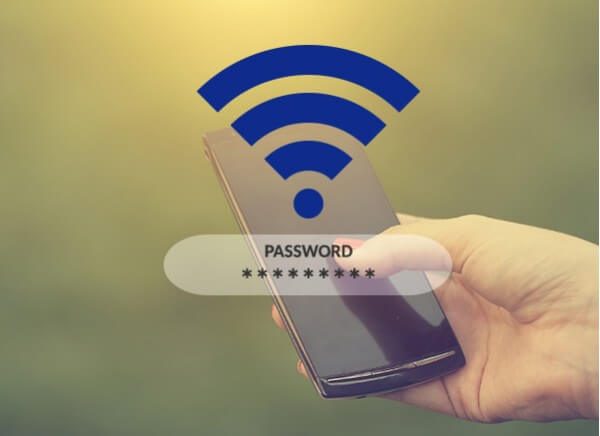
In today’s interconnected world, satellite technology plays a vital role in our understanding of planet Earth. Moreover, with the advancement of satellite imaging technology, new applications have emerged that allow users to access this information in ways never before. Therefore, in this article, we will explore the latest applications of 2024 that offer innovative features and an enhanced user experience in the field of satellite imaging.
1. SatView Pro: The New Era of Satellite Imagery
SatView Pro emerges as one of the most sophisticated apps of the year. Developed with the latest AI technology, it not only provides real-time satellite imagery but also offers detailed terrain analysis. Whether for environmental monitoring, urban planning or simple curiosity, SatView Pro delivers a unique experience with its intuitive interface and high-definition zoom capabilities.
2. EcoMonitor: Focus on Sustainability
Dedicated to environmental issues, EcoMonitor is an application that uses satellite images to monitor climate change, deforestation and other environmental phenomena. This app is an indispensable tool for researchers, environmentalists and educators, providing reliable and up-to-date data that helps to better understand changes in the global ecosystem.
3. UrbanSight: Transforming Urban Planning
UrbanSight is a game-changer for urban planning and architecture professionals. With a vast library of images of cities around the world, this app provides a detailed look at urban planning and the evolution of metropolises. Finally, its historical overlay functionality allows users to see how cities have developed over the years.
4. AstroLens: A Window into Space
For astronomy enthusiasts, AstroLens is a real gem. This app offers a unique view of space, with satellite images of other planets and celestial bodies. It also has an interactive educational feature that teaches you about the characteristics of different stars in the solar system.
5. FarmView: Advancement in Digital Agriculture
FarmView is specifically designed for the agricultural sector. In addition, this application allows farmers to monitor their crops, predict weather conditions and manage water resources more efficiently. Thanks to FarmView’s advanced satellite imaging technology, detailed insights into crop conditions can be obtained, which significantly contributes to precision farming.
6. OceanExplorer: Discovering the Mysteries of the Oceans
This app is a real treat for ocean lovers. In addition, OceanExplorer provides detailed images of the seabed and coastlines, making oceanographic research and marine exploration significantly easier. With mapping features and data on ocean currents, it becomes an extremely valuable tool for both scientists and ocean enthusiasts.
Conclusion
The new satellite imagery applications of 2024 are not just technological advances; they represent a new era of exploration and understanding of our planet and beyond. These tools offer unprecedented opportunities for professionals in a variety of fields, as well as the general public, to observe and study Earth in more detailed and interactive ways. With these applications, we are one step closer to unlocking the mysteries of our world and the universe around us.















